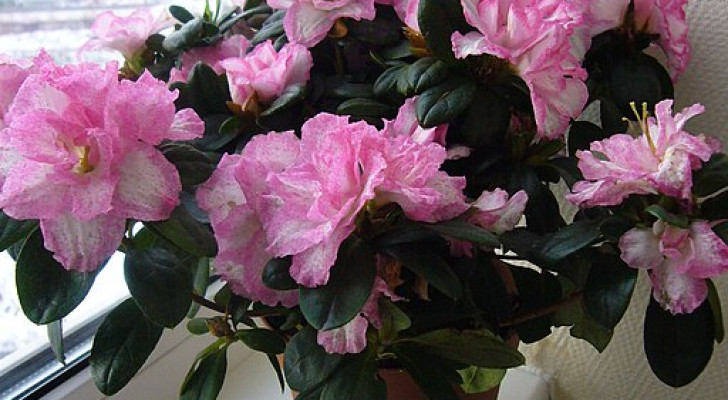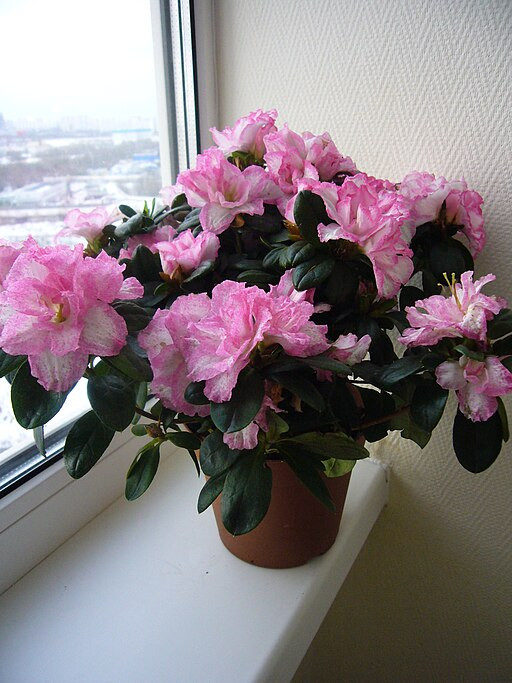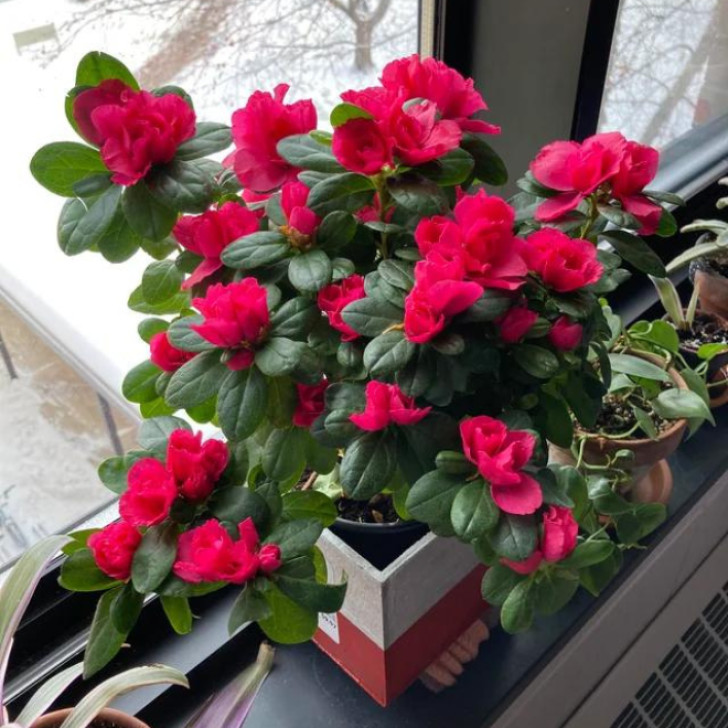Decorate your home with beautiful azaleas: all the tips you need for their successful cultivation

Rhododendron is a genus of the Ericaceae family which includes over 1000 species known as Rhododendrae or Azaleas. Many of these species are grown for ornamental purposes - both indoors and in open ground (gardens). These species are typically small shrubs from 30 to 50 centimeters, which at the end of winter, produce small flowers in clusters which are usually pink in color.
Often, however, azaleas tend to wilt quite quickly. So how can you ensure your azaleas continue to thrive and bloom? With the right care techniques, you can keep your azaleas thriving and they will be keep decorating your home, even in winter.
Caring for indoor azaleas

Leonid Dxhepko/Wikimedia Commons
First of all, it is necessary to point out that the normal flowering period for azaleas is at the end of spring. Indoor azaleas can bloom during winter, but will need the following attention:
- Exposure: direct sunlight could damage the leaves, but azaleas must still be kept in a brightly-lit areas;
- The potting soil must be light, drain effectively, fertile and slightly acidic and preferably limescale-free (as limescale could cause the leaves to turn yellow);
- In winter, keep the soil moist with regular but spaced-out waterings; in summer, do more frequent but less abundant watering - this will ensure proper humidity levels but with the risk of water stagnating;
- Fertilize with a liquid fertilizer for acidophilic plants, only in spring and summer, every 15-20 days.
Dealing with problems that might arise

If your azalea is struggling, make sure you have not placed it in a spot that is too hot: these plants need cool temperatures, between 13 and 16 degrees C in winter. Given this, the most suitable place for azaleas (in winter) are on windowsills of unheated rooms or verandas whic are closed or covered. As previously mentioned, direct sunlight can damage the leaves, so make sure you have not exposed your azalea to direct sunlight. Also, check for water stagnation and an iron deficiency (caused by excessively alkaline soils) or the use of very hard water for watering.
If the buds of your azalea do not open, the cause is probably an excessively hot and dry climate: increase the frequency of your misting of the plant until the flowers begin to open.
Finally, if your azalea starts to lose its leaves, the cause could be lack of water (drought) or water stagnation, which prevents the roots from replenishing the humidity they lose through their leaves. However, a partial loss of foliage is normal in spring and summer, when the plant is in its growth period.
Follow these tips and your azaleas will remain splendid!